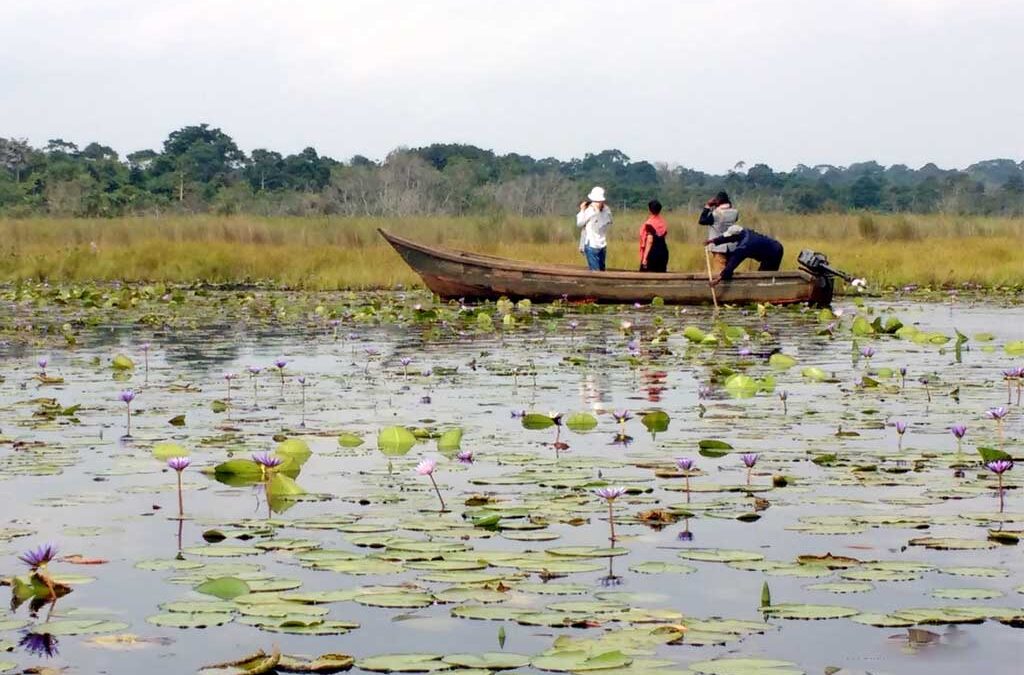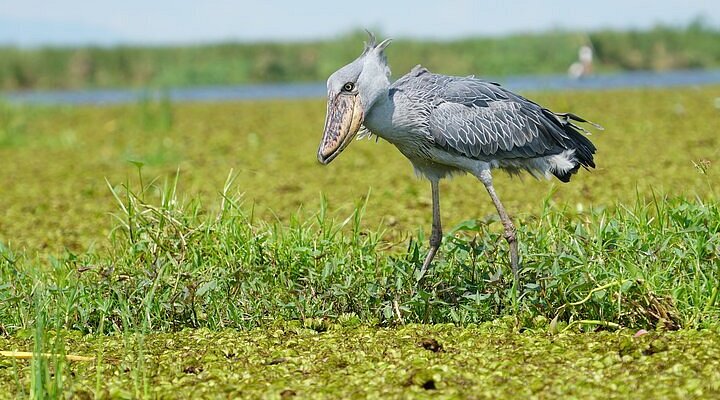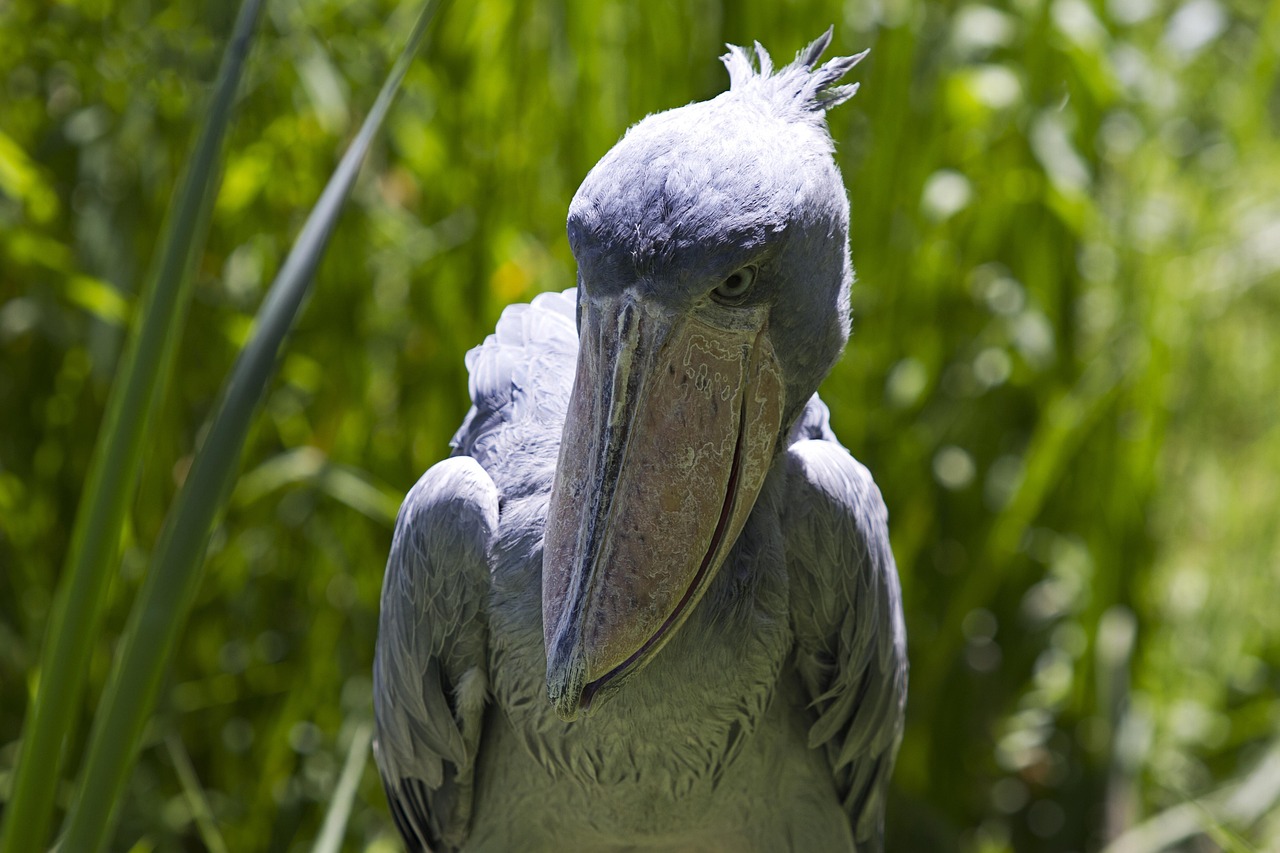Mabamba Island is more than a wetland it’s a vibrant crossroads of ecology, culture, and adventure. From the spellbinding sight of a shoebill to the wealth of birdlife, local conservation efforts, and serene landscapes, it remains one of Uganda’s most treasured natural escapes. Whether you’re a seasoned birder or a curious traveler, Mabamba offers an unforgettable glimpse into Africa’s wild heart. Tucked along the northern shores of Lake Victoria, just west of Entebbe, lies one of Uganda’s most enchanting ecological treasures: Mabamba Island, home to the globally significant Mabamba Bay Wetland System. This quiet haven of reeds, papyrus, and open water is not only a sanctuary for rare and endangered wildlife—it’s a place where time seems to slow down, and nature speaks in stillness.
A Ramsar Site of International Importance
Recognized as a Ramsar site in 2006, Mabamba Bay Wetland is celebrated for its rich biodiversity and vital role in sustaining both migratory and endemic bird populations. The wetland stretches over 2,400 hectares, providing a lush, maze-like expanse of papyrus swamp, open water, and lagoons that attract birdwatchers, researchers, and conservationists from around the world.

The Legendary Shoebill Stork
The undisputed star of Mabamba is the shoebill stork (Balaeniceps rex), a prehistoric-looking bird that has become something of a celebrity in birding circles. Standing up to 1.5 meters tall with a massive, shoe-shaped bill and a statuesque hunting style, the shoebill is both strange and magnificent. Mabamba is considered one of the best—and most reliable—places in Africa to spot this elusive species in the wild.
Early morning canoe rides with experienced local guides provide the best chances to observe the shoebill as it quietly stalks lungfish, its favorite meal, amid the reeds.
A Birdwatcher’s Paradise
While the shoebill grabs the spotlight, Mabamba Island is also home to over 300 species of birds. Some notable ones include:
- Papyrus Gonolek
- African Pygmy Goose
- Blue Swallow
- White-winged Warbler
- Malachite Kingfisher
- Goliath Heron
Birdwatching here isn’t just about ticking species off a list—it’s about immersing yourself in a living ecosystem that hums with life.

Cultural and Community Stewardship
Mabamba isn’t just a natural wonder—it’s a community success story. The area is managed in part by the Mabamba Wetland Ecotourism Association, a grassroots collective of local fishermen, farmers, and guides who work together to protect the wetland while creating economic opportunities through eco-tourism.
Visitors can join guided canoe tours, purchase handmade crafts, and learn about local traditions—all while contributing to conservation efforts that directly benefit the community.
Getting There and What to Expect
Mabamba Island is easily accessible from Entebbe. Most visitors take a speedboat across Lake Victoria, a journey of around 45 minutes, though road access is also possible via Kisubi, Nakawuka, and Kasanje.
Tours are usually conducted in non-motorized canoes, which allow for quiet, intimate exploration of the swamp. You’ll glide through narrow papyrus channels, binoculars in hand, eyes scanning the reeds for movement. It’s peaceful, meditative, and exhilarating all at once.
Why Mabamba Island Matters
Mabamba is more than a birdwatching hotspot. It’s a testament to the delicate balance between humans and nature. In an era of rapid environmental degradation, Mabamba stands as a beacon of what community-led conservation can achieve.
For travelers, researchers, and wildlife lovers alike, a visit to Mabamba Island is not just a trip—it’s a chance to connect with a world that’s quietly, beautifully wild.

